Before installing any renewable energy systems, it is highly recommended to first evaluate the energy efficiency of the building. In most cases, retrofitting the home or business to improve energy use is far less costly than implementing renewable technologies, and can have significant impacts on your energy bills.

What is efficiency?
Efficiency refers to how effectively an object can convert an input into a desired output. Energy may take many forms including, but not limited to: heat, electricity, noise, and mechanical energy. For example, the average 60 W incandescent light bulb is about 2.5% efficient. This means that for every 60 W of electrical energy sent to the bulb, only about 1.5 W is used for lighting and the other 58.5 W is released as another form of energy — usually heat.
Energy efficiency is all about making sure that you are getting the most out of every kilowatt that you pay for. If you are paying for 10 kW of energy to heat your house but 5 kW of energy leaves through poorly insulated walls, your house is not very energy efficient. For this reason, it is important to consider energy efficiency upgrades before installing a renewable energy system. If a renewable energy system generates 10 kW of energy but you’re losing 5 kW, the system won’t be saving you very much money.
Improving energy efficiency
Ways to improve the energy efficiency of a home or building include:
- Install an energy efficient furnace or heat pump
- Insulate the attic and basement
- Insulate the windows
- Install weatherstripping on the doors
- Set the temperature on your thermostat to a lower setting at night
- Replace incandescent light bulbs with energy efficient CFL or LED versions (while these light bulbs are initially more costly, they use significantly less energy and last up to 25 times longer)
- Turn off and unplug electrical devices at night or while not in use
Remember that improving energy efficiency is all about blocking the path of least resistance. For a building with well-insulated walls that is losing heat through unsealed windows, the best way to improve energy efficiency probably isn’t adding more insulation to the walls. If you aren’t sure about what the best way to improve your building is, contact an energy auditor.
- For residential buildings: NB Power’s Total Home Energy Savings Program
- For commercial clients: NB Power’s Commercial Energy Savings Programs
Reducing energy consumption
As obvious as it seems, you can also save money by reducing the amount of energy that you use. Many household electronics continue to use electricity, even when they are not in use. These energy sinks are referred to as phantom loads. The best way to deal with these loads is to unplug such devices when not in use. Examples of typical phantom loads include:
- Devices with a continuous electronic display, such as a clock or standby light
- Video game consoles
- Computers and printers
- Devices with a remote control
- Sound systems
- Microwave ovens








